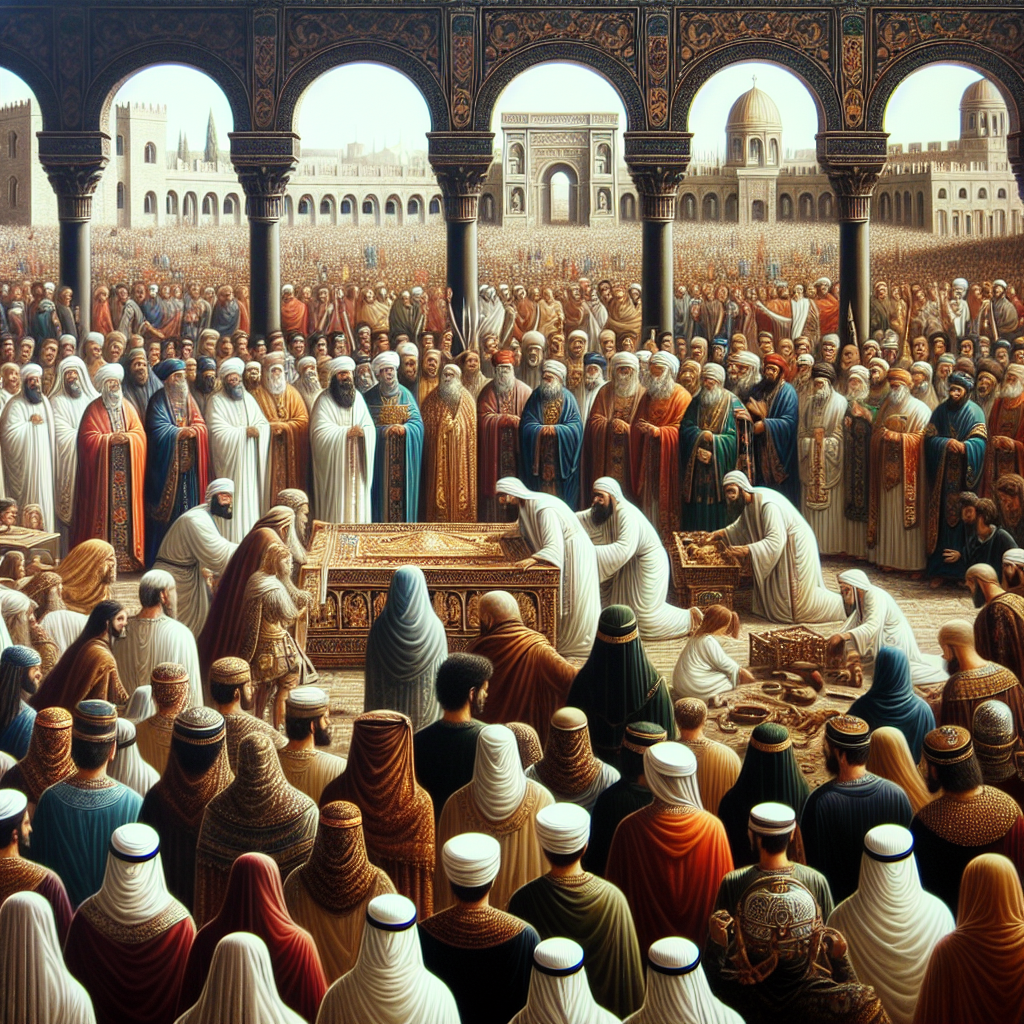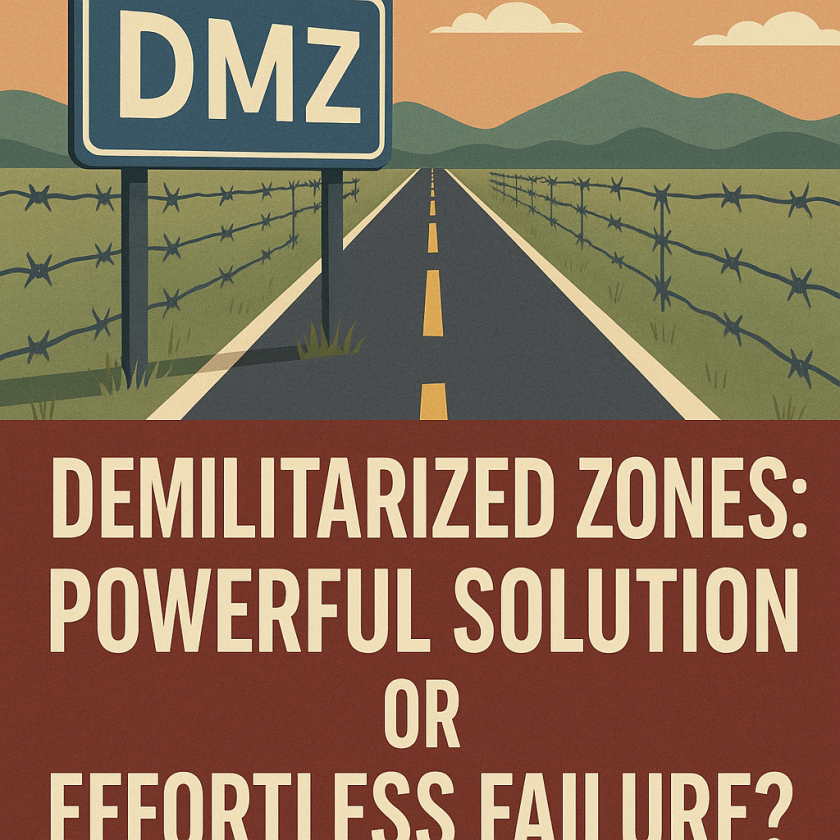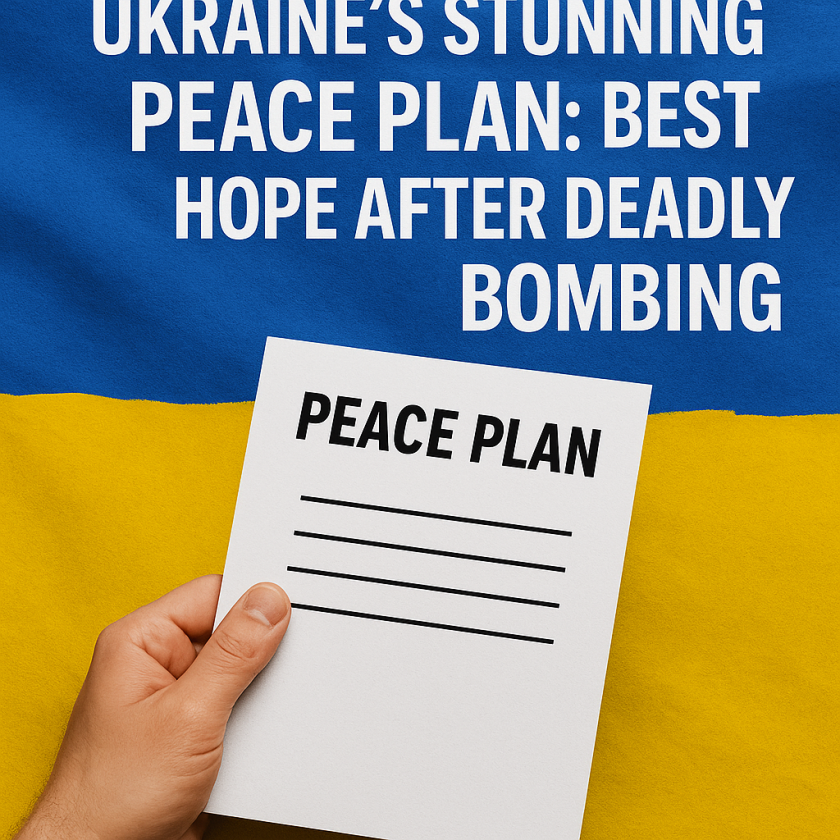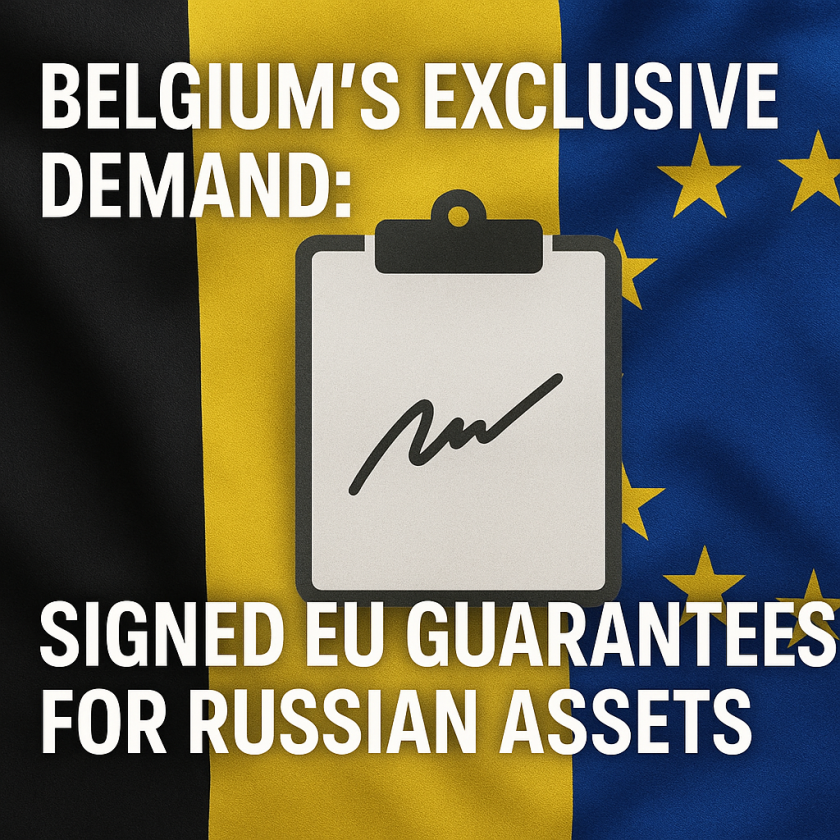The Process Following the Passing of a Pope
The Process Following the Passing of a Pope
Introduction
The passing of a Pope is a significant event in the Catholic Church, marked by a series of traditional and ceremonial processes. This summary outlines the key steps and rituals that follow the death of a Pope, providing insights into the historical and spiritual significance of each stage.
Immediate Steps
Upon the Pope’s passing, several immediate actions are taken to ensure a respectful and orderly transition.
- Verification of Death: The Camerlengo, a senior Vatican official, confirms the Pope’s death, traditionally by calling the Pope’s baptismal name three times.
- Notification: The death is officially announced to the public and the College of Cardinals is informed.
- Sealing of the Papal Apartments: The Pope’s private quarters are sealed to secure personal belongings and documents.
Funeral Arrangements
The funeral of a Pope is a solemn occasion, steeped in tradition and attended by dignitaries from around the world.
- Funeral Mass: Held in St. Peter’s Basilica, the Mass is a grand ceremony that reflects the Pope’s life and service.
- Burial: The Pope is typically interred in the crypt beneath St. Peter’s Basilica, following a period of public viewing.
The Interregnum Period
After the Pope’s funeral, the Church enters a period known as the “Sede Vacante” or “Vacant See,” during which preparations for electing a new Pope take place.
- Role of the Camerlengo: The Camerlengo administers the Church’s temporal affairs during this period.
- General Congregations: Cardinals gather to discuss the needs of the Church and prepare for the conclave.
The Conclave
The conclave is the process by which a new Pope is elected, characterized by secrecy and tradition.
- Secrecy: Cardinals are secluded in the Sistine Chapel, where they vote in successive rounds until a new Pope is chosen.
- White Smoke: The election of a new Pope is signaled by white smoke emerging from the chapel’s chimney.
Conclusion
The passing of a Pope initiates a series of deeply rooted traditions that ensure a respectful farewell and a smooth transition to new leadership. From the verification of death to the election of a new Pope, each step is imbued with historical and spiritual significance, reflecting the enduring legacy of the papacy.






































